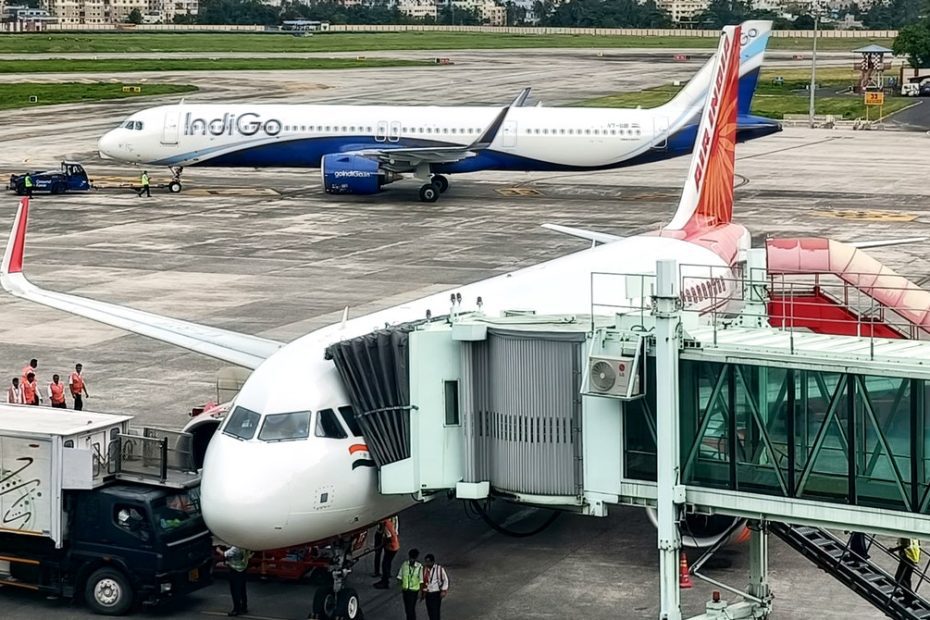In May 2023, Air India launched safety management software called Coruson, as well as BAM (Boeing Alertness Model), a fatigue reduction tool integrated into the roster system used by airlines to create and manage pilot schedules. Coruson, developed by cloud software company Ideagen, centralizes, analyzes and reports on safety-related data such as incidents, hazards and risk assessments. BAM, jointly developed by Boeing and software company Jeppesen, predicts and manages pilot fatigue by analyzing flight schedules and performance data. These tools are designed to eliminate the need for tiresome roster creation and scheduling, Air India CEO Campbell Wilson noted in an internal message to employees. The airline also introduced two new digital tools for its crew: the Pilot Sector Report app, to help pilots easily submit information on flight performance, incidents and post-flight observations; and DocuNet, a digital management system that facilitates the storage, retrieval and sharing of documents (such as flight manuals, training reports and compliance documents).
Despite these measures, the airline was fined by the DGCA in March this year for violating FDTL limits and fatigue management rules. In May, Air India Express cabin crew reported sick en masse to protest “mismanagement”. This followed a similar protest by crew, mostly pilots, at Vistara Airlines. Both Air India and Vistara are now owned by one of India’s largest conglomerates, the Tata Group, which acquired the former from the Indian government in January 2022.
Twenty-five of those who reported sick at Air India Express were fired. Others were reportedly given ultimatums. Those who were fired were later reinstated by the airline after an intervention by the chief labour commissioner. Nearly a week earlier, the Delhi regional labour commissioner had reportedly written to the Tata Group chairman, pointing out “blatant violations of labour laws” and urging that the legitimate concerns of the cabin crew be looked into. According to CNBC, Vistara employees said the agitation on their side was related to recent salary adjustments, which fixed a pilot’s salary at 40 flying hours, down from 70. Protesting first officers alleged that the new salary structure would result in a pay cut of nearly 57 percent. Under the new terms, they would also have to fly up to 76 hours to earn what they previously earned with 70 hours.
In order to appease the pilots and get them back to work, the management had assured them that salaries for the “extra hours” would be credited once Vistara was integrated with Air India. At the time, two pilot unions of Air India had written to the chairman of the company, stating that such problems were not isolated but systemic. Burnout was another related problem, with many pilots complaining of inadequate rest and being pushed to their limits.
Captain Singh, a former senior manager at AirAsia, told WIRED that such effects not only significantly increase the risk of accidents, but also negatively impact pilots’ long-term health. Tail swaps (quickly switching between different types of aircraft to take off immediately after disembarking from another) are more common under the 13-hour rule and can further contribute to exhaustion, as can rushed acclimatization and, most significantly, landing three, four or more flights in a row, which Captain Randhawa described as a “serious energy management challenge.”
In the 2024 Safety Culture Survey, conducted by Singh’s Safety Matters Foundation in July, 81 percent of 530 respondents, mostly medium- to short-haul pilots, said bufferless schedules were contributing to their fatigue. A whopping 84 percent said they were concerned about the speed and direction of their shift rotation. “That’s the problem with the new scheduling software that operators are introducing,” said one private airline pilot, who asked not to be named. “They’re optimizers that are designed to make pilots work every second of their 13-hour schedule, leaving no breathing room.” The buffer-deficient schedules push pilots to their limits, so any added pressure, such as unpredictable weather, can easily overwhelm them.
Solving this problem with wrist-worn fatigue monitors is controversial. But that’s not the only problem. A year after they were hyped, the buzz around fatigue management technology has all but died down. There have been no updates from IndiGo on the wrist device. Neither IndiGo nor Thales Group responded to requests for comment.

